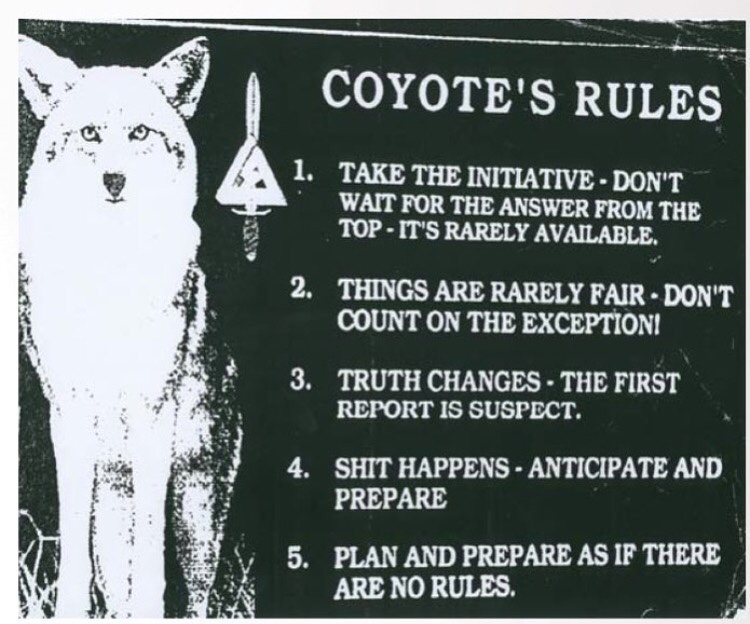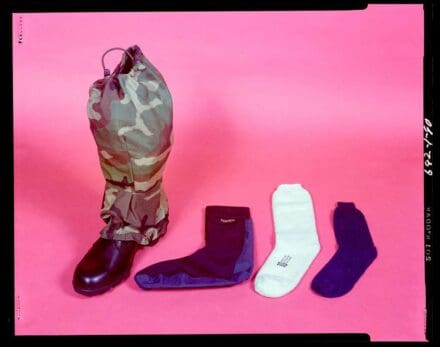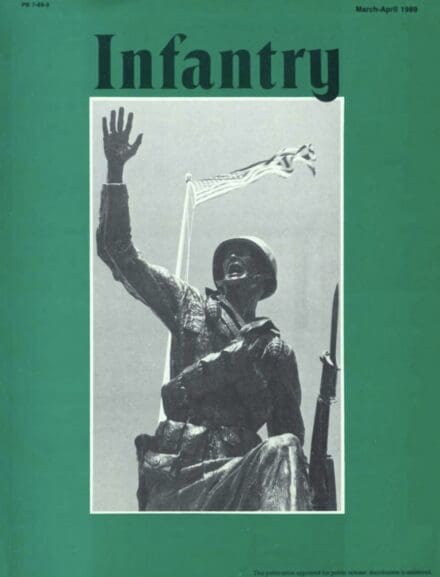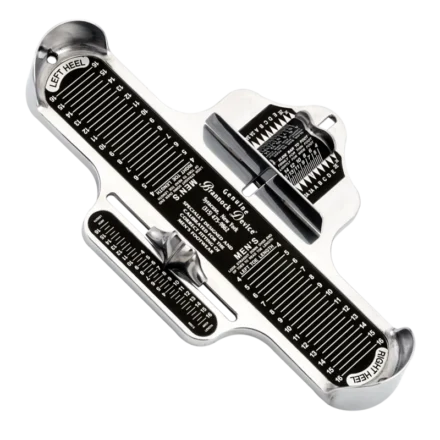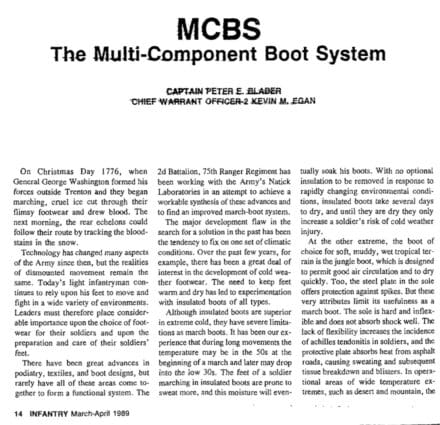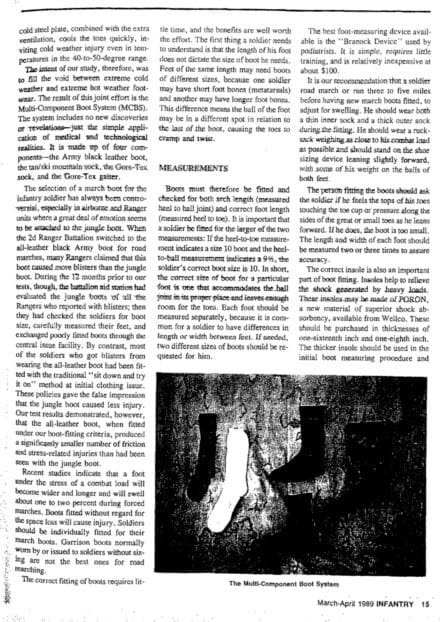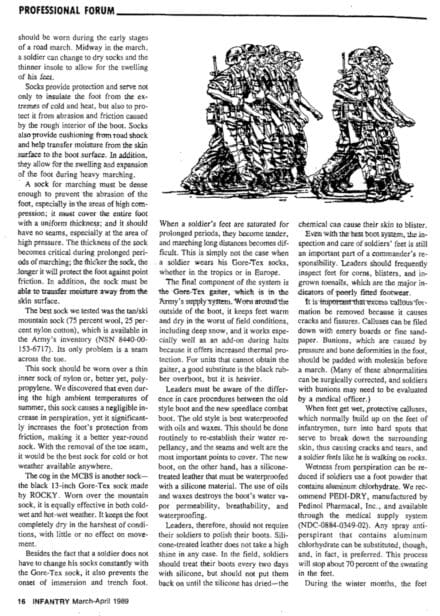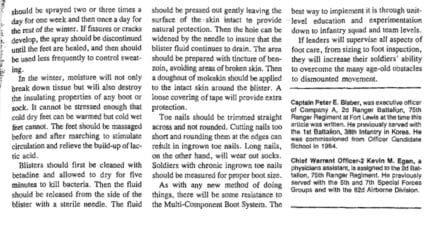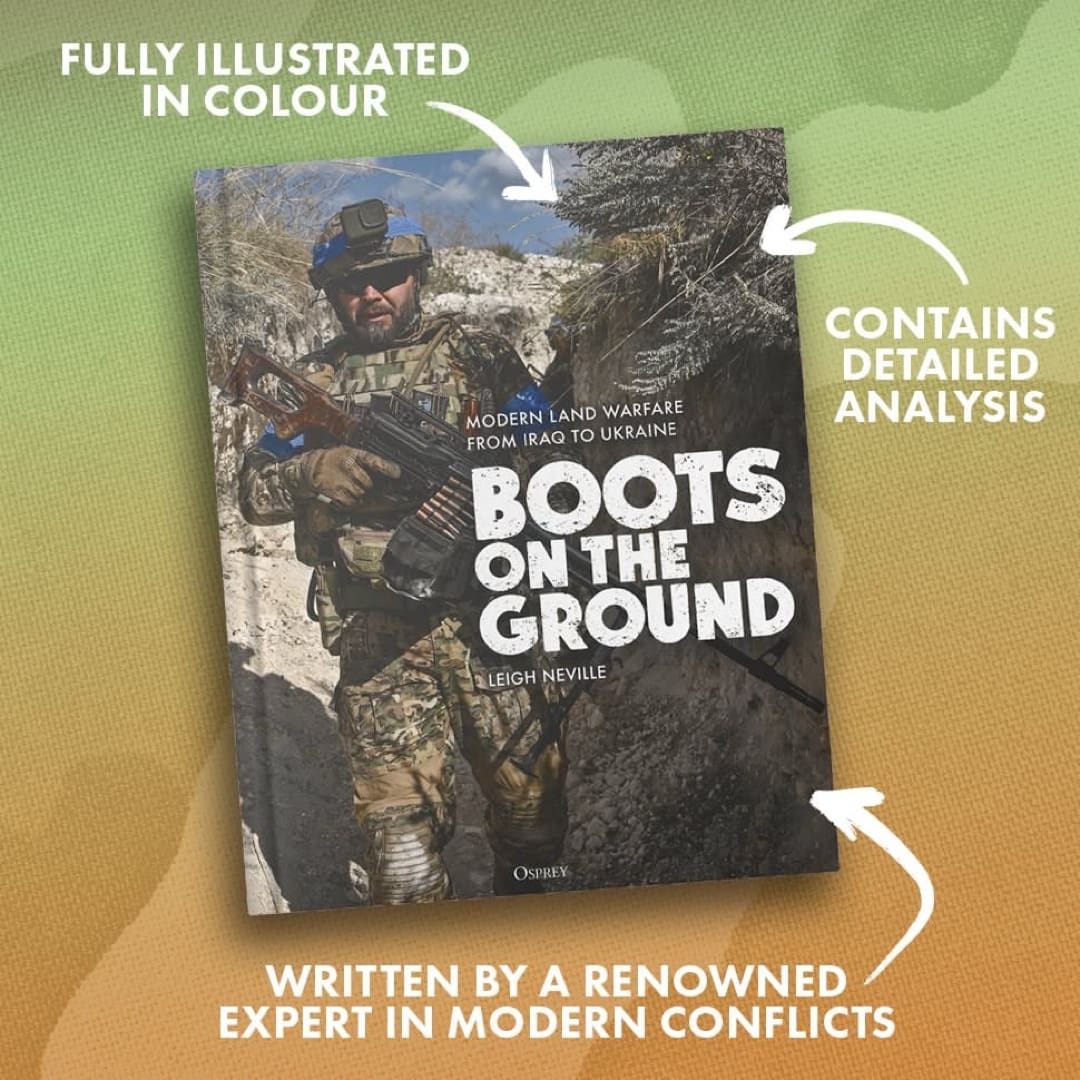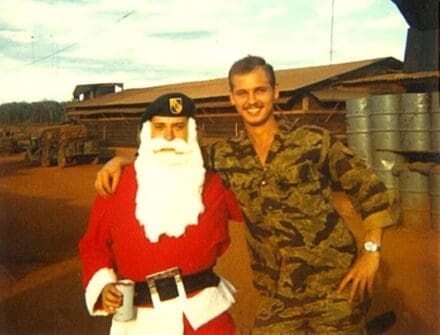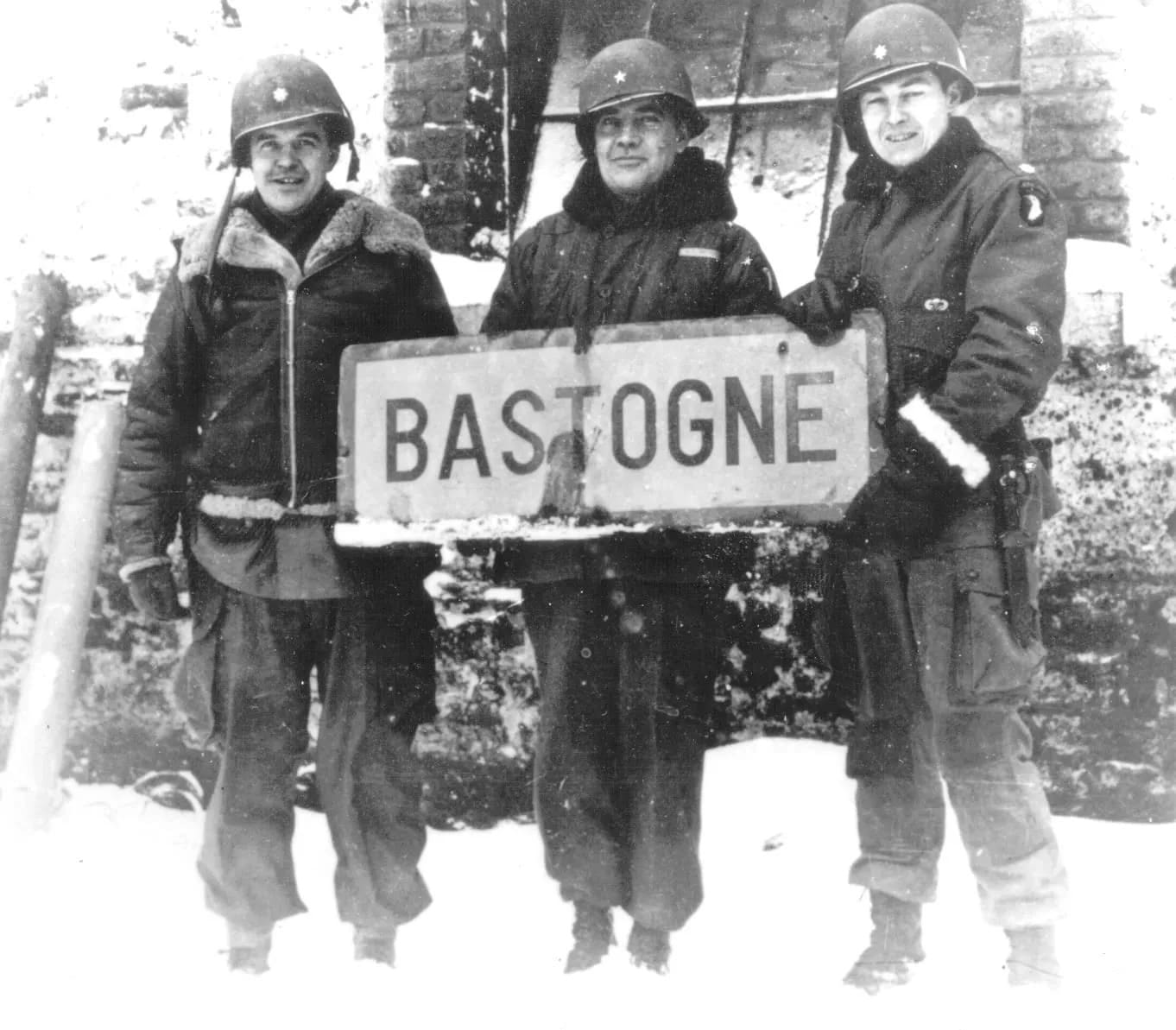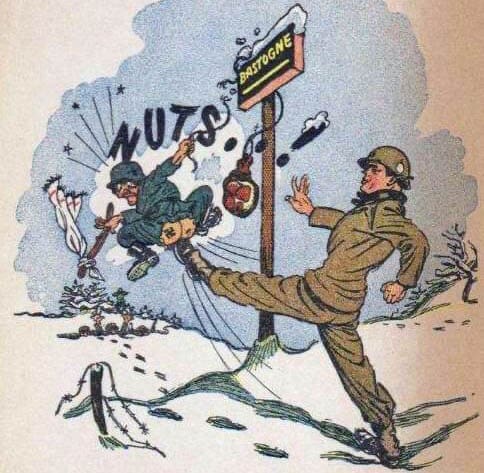The Department of the Army is conducting a bold new experiment designed to bring developers, tacticians, and intelligence workers into closer coordination for the development of an effective fighting concept. It has established an Advanced Concepts Organization from three of its elements: the Institute of Land Combat of the Combat Developments Command; the Advanced Materiel Concepts Agency of the Army Materiel Command; and the Intelligence Threat Analysis Detachment of the Assistant Chief of Staff for Intelligence. The three agencies are working interdependently to achieve a Land Combat System Study that will integrate technology and intelligence into an operational organization for the future.
IN THE SEQUENCE OF EVENTS that leads to the development of profitable new products or processes, it is only natural to be interested in the systems that facilitate the process of innovation. There are two opposing theories concerning innovation. The scientist/technologist firmly believes that technology always leads, while the sociologist/economist just as firmly believes that identification of a market must precede a development program to satisfy that market.
Many examples have been cited that indicate that need-oriented planning led to successful innovation. Yet, the evidence is almost as heavily weighed in favor of the precedence of technological innovations that created whole new systems that filled needs not previously recognized. Examples of this include the Microwave Amplification by Stimulated Emmission of Radiation (MASER) and the Light Amplification by Stimulated Emmission of Radiation (LASER), which Dr. C.H. Townes observed at Columbia University while working on a method to explain the spin resonance of the hydrogen atom; the transistor, which was developed by a team at Bell Laboratories; and the printed circuit, developed at the Signal Corps Engineering Laboratories of Fort Monmouth, New Jersey, which led first to macrominiaturized circuits and then microminiaturized circuits. However, scientists and tacticians in the Anny feel that while both theories have their place, neither alone is the answer. One of the most glaring examples that neither in itself is supreme is the use the German General Staff made of the technologies for the “blitzkrieg” of World War II. The tank, the airplane, mobile troops, and artillery were available to the Allies (France, Britain, and later the United States), but the tactical concept developed by the Germans made maximum use of technology, insuring initial victories.
In the spring of 1967, the Department of the Army established three organizations, to be known collectively as the Advanced Concepts Organization, whose joint mission was to prepare recommended designs of the total land combat system and to guide development of selected major materiel concepts through concept formulation. Each individual organization has specific responsibilities in achieving the overall mission.
The Intelligence Threat Analysis Detachment (ITAD) of the Assistant Chief of Staff for Intelligence provides long-term threat forecasts and environmental information in response to the requirements of the Advanced Materiel Concepts Agency (AMCA) of the Army Materiel Command (AMC) and the Institute of Land Combat (ILC) of the Combat Developments Command (CDC). The AMCA provides descriptions of alternative systems and concepts of materiel with which future forces could be equipped, conducts some design work, and serves as a contact point for concepts originating at AMC elements and industry during the concept formulation phase. The Institute of Land Combat develops conceptual designs of the land combat system and conducts related selected studies and analyses to guide the development of Army doctrine, materiel, and organization during the concept formulation phase.
The AMCA will devise or act as a clearinghouse for the advanced materiel concepts and systems that will influence the tactics and doctrine developed by the ILC to meet the threats evolved by the Threats Analysis Detachment. Therefore, the relationship of the three organizations is one of mutual support which will enhance the future Army’s combat effectiveness.
The Land Combat System Study will be unique and innovative because it approaches the Army in the field as a total, integrated land combat system—arrived at by a systematic process; presents options in the form of alternative designs; and conducts a preferential analysis which gives the decision maker a preferred design as well as the pros and cons of all the options. The schematic diagram below illustrates the sequence of steps envisioned in development of the Land Combat System Study. The study closely integrates the systematic forecasting of environments and problems by the intelligence community; the advanced materiel concepts of the materiel developer; and the operational, organizational, and materiel concepts of the user.
A Land Combat System Study completed and approved by late 1972 or early 1973 would provide immediate guidance at that time for investment of research and development funds (including curtailment of on-going projects not relevant to the land combat system). The approved land combat system would also be the basis for new procurement decisions after 1973 and also perhaps, as in research and development, would provide the motivation for curtailing production of certain items already in production. Many decisions on the development of complex items must be made not later than 1975 if the approved concept is to be “fielded” during 1990. This means dealing with today’s science and the technology of about 1972 to 1975—not the 1990’s! This is a point not well understood by some people who look askance (if not aghast) at what the ACO is trying to do, believing that they must project technology to 1990 in order to attain their goal. This is just not so. Admittedly, the task before the Advanced Concepts Organization is a difficult one; but then, that has never been a valid excuse for not trying. The dean of a major university recently stated, “As to what it is you’re trying to do, I don’t think it can be done—but, I damn well agree someone had better be trying.” The ACO is trying—and plowing new and fertile ground in the attempt. At the same time they are constantly reevaluating themselves in an effort to refine and improve their methodology and products.
The first major component of the study to be developed was the conflict situations and Army tasks. Of 389 potential conflict situations for consideration, 145 were considered to impact on the interests and security of the United States. From these 145 conflicts, 10 representative conflict situations were selected for more exhaustive analysis. These 10 were chosen not because they were the most probable, but as being representative or typical on the basis of three factors—types of geographical environment, types of antagonists, and use or nonuse of mass destruction weapons. The purpose of these detailed representative conflict situations was twofold: first, to provide a basis for deriving the Army tasks which the land combat system should be designed to carry out, and second, to provide plausible, concrete situations as vehicles for gaming and other analytical techniques to be employed in the preferential analysis of the alternative conceptual designs.
The Directorate of Military Technology of the Institute of Land Combat compiles a comprehensive summary of plausible materiel options for the 1990’s. This is a listing that identifies functional objectives and statements of tasks in terms of the five battlefield functions of land combat (firepower; mobility; intelligence; command, control, and communications; and combat service support). For example, under the firepower function of combat, a functional objective would be to “inflict casualties on enemy personnel and damage to enemy materiel in a ground and water environment.” With this broad and unconstrained objective of the user, represented by ILC, the materiel developer, represented by AMCA, proposed various materiel systems for its solution. Two routes were used. The first was a reasoned extrapolation from current technology which, in some cases, led to significant improvements in the cost-effectiveness relation of materiel systems. The second called for more imagination. The developer was given free rein within certain constraints of attainability, to conjecture those materiel systems which were not based on any materiel existing or under development but which promised cost-effectiveness benefits. Materiel Option Data Sheets were developed by AMCA for each proposed system and contained as much of the following types of data as possible:
Concept of operation.
Characteristics of operation, including such data as weights, length, range, accuracy, hit probability, rate of fire, production costs, life cycle cost, etc.
Vulnerabilities/limitations.
Pivotal materiel unknowns—technical barriers or problems to be overcome if development, production, and deployment of the materiel option is to be achieved by 1990.
Attainability—expressed as a probability of achieving type-classification by 1985.
Under the aegis of the Advanced Materiel Concepts Agency, an ad hoc working group, chaired by Professor N.K. Rogers of the Georgia Institute of Technology, studied the state-of-the-art and potential advanced concepts in the area of mechanized/automated handling of all classes of supplies by Army terminals and stockage points in a theater of operations for the 1990 time frame. Some of the conclusions were—
The container or unit load will become a prime method of supplying a theater Army.
The module of pallet-load or less in size will become the prime unit of issue and will be a consumable item.
The speed of response required from the entire supply system will be vastly increased as a result of the nature or pace of combat activities.
The Army in-theater supply centers will become smaller in size, mobile, and more dispersed.
Most of the general public does not realize it, but the “spin-off” from materiel research and development contributes in large measures to the civilian community. The development of the printed circuit and its reduction in size has resulted in the pocket radio receiver, which for many a mother, when turned up to full volume by her youngster, is the bane of her existence.
Techniques developed by medical evacuation units, using the helicopter as an ambulance, promise to save the lives of our populace who are injured seriously in automobile accidents on our highways. Other advances in medicine include the Army’s contribution to vaccine developments which are capable of immediate exploitation. Our scientists in biological research have an international reputation in the field of tissue culture, which contributes to cancer and organ (heart, lung, kidney) transplant research.
The Advanced Concepts Organization is monitoring the Independent Research and Development Program funded by the Armed Forces for those civilian contractors who are doing defense work. In addition to doing research and development for civilian items, this program is aiming toward simplification of the items used by the Army. Not only must this materiel be simple in design, but it must be economical to maintain, and capable of use by the average soldier. The soldier of the future will be a well-educated man, but if present trends in new gear continue, he will need to be a highly trained engineer or scientist to operate equipment visualized for the future Army. This program must begin working toward reductions in development and production costs, because funds will become scarcer as our social and economic need programs are attacked. Even the emphasis in these latter areas may not be adequate to take up the slack which is being generated.
Alternative conceptual designs (ACD’s) of the Land Combat System of 1990 are being developed by independently functioning teams. Through guidance to each team, the TLC seeks to insure development of different conceptual designs. The last major stage prior to the drafting of the study itself is the preferential analysis of these alternative conceptual designs. Its purpose is to rank the three ACD’s by evaluating their relative effectiveness in carrying out the Army tasks developed for the representative conflict situations against their costs in dollars and manpower, and in terms of other possible impact on the United States.
Traditionally, the development of materiel has preceded the development of doctrine and pretty well dictated how the Army would organize and fight. The user never really had a chance—certainly not in a systems context—to influence the development by stating his requirements. Frequently an item has been built simply because it could be built. While it always will be helpful
to have the materiel developer tell the user—“Look, we can make you this gadget,” most development should be responsive to a foreseen and stated need of the user. The Land Combat System Study provides this essential interface and compromise between who drives what—the operational concept or the materiel development, the user or developer.
Current and projected austerity demands a close look at what the Army is getting for its investment in personnel and materiel. No one is absolutely sure yet. The question may never be answerable in quantitative terms, but an approved land combat system would, for the first time, provide the U.S. Army decision makers with an agreed blueprint of the whole system. Trade-offs among subsystems would have some basis in rationale. Research and development investment and curtailment of investment could have direction and purpose. Even procurement funds could be allocated under one master plan. The whole investment could easily be recouped if the system were to preclude only one false start on a major materiel system. This is particularly important and relevant during both the current and projected austerity because funds could be allocated to the right places the first time.
The systems approach to the Army in the field tends to de-emphasize branch orientation, such as infantry, armor, aviation, in favor of determining requirements and possible trade-offs on a total system basis. In other words, the “squeaking wheel” is now the total system.
Whatever conceptual design the Department of the Army approves, it is highly unlikely that anyone will ever see the U.S. Army in exactly that configuration. It is intended to be a long-range dynamic goal to be modified as required by the passage of time and its increased visual acuity of such factors as technology, international events, resource availability, and other factors that could not be foreseen in the design. The use of alternatives, where appropriate, and other factors of the methodology, such as attainability and pivotal materiel unknown, give some degree or assurance that the final product will be relatively insensitive to all but truly major changes.
The Army’s researchers in our laboratories are long on freedom, but short on guidance from our customer, hence technology and requirements don’t always meet. Now, with the meld of both in the Advanced Concepts Organization, we will jointly provide our Army increased capabilities in the field.
By Halvor T. Darracott and COL M.H. Rosen
Mr. Halvor T. Darracott is chief of the Operations Analysis Division of the Advanced Materiel Concepts Agency, USAMC. He holds a bachelor’s degree in mathematics and a master’s degree in physics.
Colonel M.H. Rosen is commanding officer of the Institute of Land Combat, USACDC. He is a graduate of the U.S. Military Academy and the Army War College and he holds a master’s degree in international affairs.
[This article was first published in Army Sustainment Professional Bulletin, which was then called Army Logistician, volume 2, number 5 (September–October 1970), pages 8–11, 40–41. The text is reproduced as faithfully as possible to enable searchability. To view any images and charts in the article, refer to the issue itself, available on DVIDS and the bulletin’s archives at asu.army.mil/alog/.]


